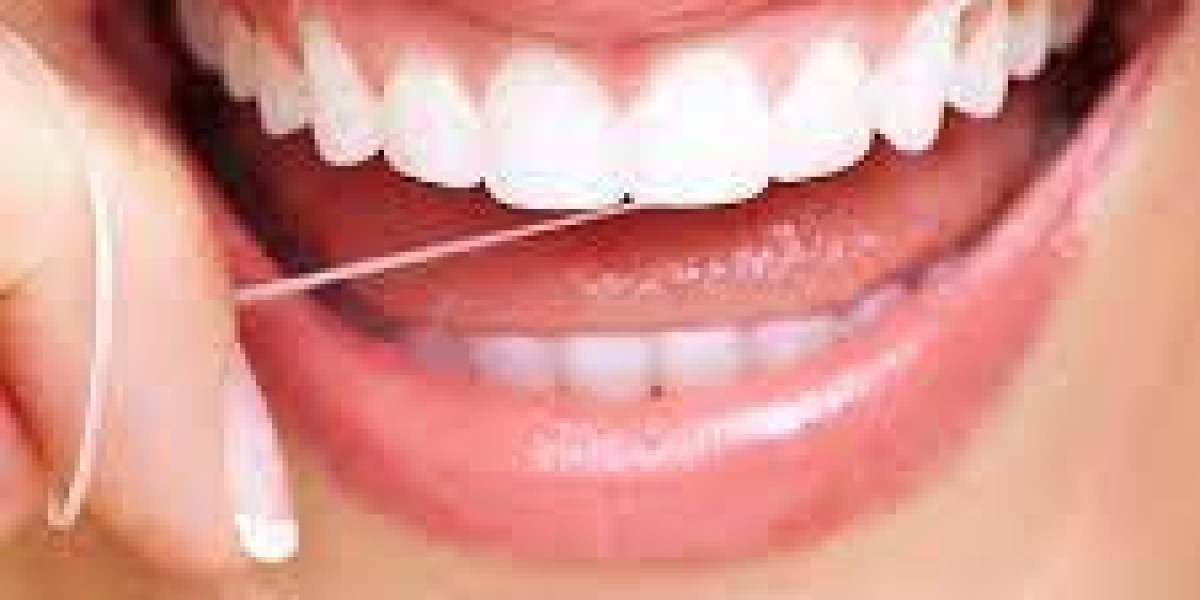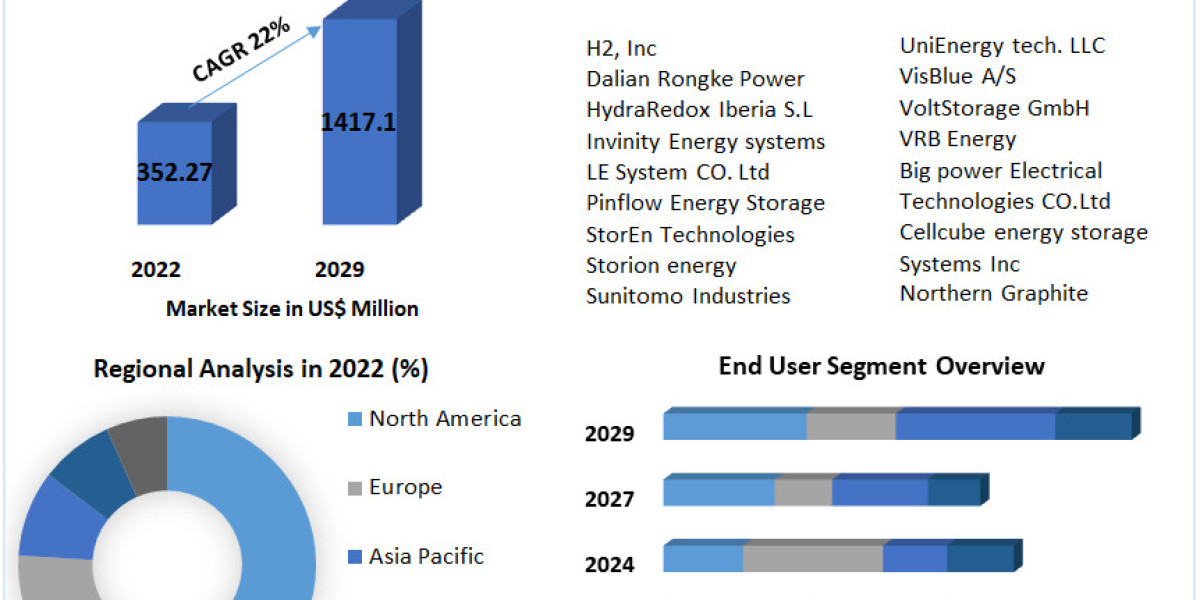Introduction:
Zirconia dental implants have gained prominence in recent years as a viable alternative to traditional titanium implants due to their biocompatibility and aesthetic advantages. Osseointegration, the process by which the implant fuses with the surrounding bone, plays a crucial role in the long-term success of dental implants. This article explores the impact of surface modifications on zirconia dental implants and their influence on enhancing osseointegration.
Surface Modifications:
The surface characteristics of dental implants significantly influence their interaction with the surrounding bone tissue. Zirconia implants, although known for their excellent biocompatibility, may benefit from surface modifications to enhance osseointegration. Researchers have focused on various strategies, including micro- and nano-scale alterations, to optimize the surface properties of zirconia implants.
Micro-texturing:
Micro-texturing involves creating small-scale irregularities on the implant surface. This modification enhances surface roughness, promoting better cell adhesion and proliferation. Studies have shown that micro-textured zirconia surfaces can stimulate osteoblast activity, leading to improved osseointegration compared to smooth surfaces.
Nano-coating:
Nano-coating involves applying a thin layer of bioactive materials, such as hydroxyapatite or bioactive glass, to the zirconia surface. This nano-coating mimics the natural composition of bone, promoting early bone formation and integration. Nano-coated zirconia implants have demonstrated increased osteogenic potential, contributing to faster and more robust osseointegration.
Chemical modifications:
Chemical modifications involve altering the surface chemistry of zirconia implants to enhance their biological response. Incorporating bioactive molecules or peptides onto the implant surface can stimulate specific cellular activities involved in bone healing. These modifications have shown promise in accelerating osseointegration and improving the overall success rate of zirconia dental implants.
Clinical Implications:
The impact of surface modifications on zirconia dental implants has significant clinical implications. Enhanced osseointegration can lead to quicker healing times, reduced risk of implant failure, and improved long-term stability. Additionally, the aesthetic advantages of zirconia implants make them a preferred choice for patients seeking a natural-looking replacement for missing teeth.
Future Directions:
Continued research in the field of zirconia dental implants aims to further refine surface modifications and understand the underlying biological mechanisms. Advances in nanotechnology and biomaterials may lead to innovative strategies for optimizing the osseointegrative properties of zirconia implants. Future developments may focus on personalized implant surfaces tailored to individual patient needs, maximizing the success and longevity of dental implant treatments.
Conclusion:
Zirconia Implant in Dubai, with surface modifications offer a promising avenue for improving osseointegration and overall implant success. Micro-texturing, nano-coating, and chemical modifications have demonstrated positive effects on cellular responses, leading to enhanced bone-implant integration. As research progresses, the implementation of these surface modifications in clinical practice may become a standard approach, providing patients with improved outcomes and a reliable alternative to traditional titanium implants.















